Bridges represent far more than simple infrastructure connecting two points—they often become iconic symbols of their cities, marvels of engineering, and architectural masterpieces that define skylines. Throughout history, bridges have transformed urban landscapes while solving critical transportation challenges.
From ancient stone arches to modern suspension wonders, these structures tell the story of human ingenuity and artistic vision. Here is a list of 16 cities worldwide celebrated for their remarkable bridges that combine function with breathtaking design.
San Francisco
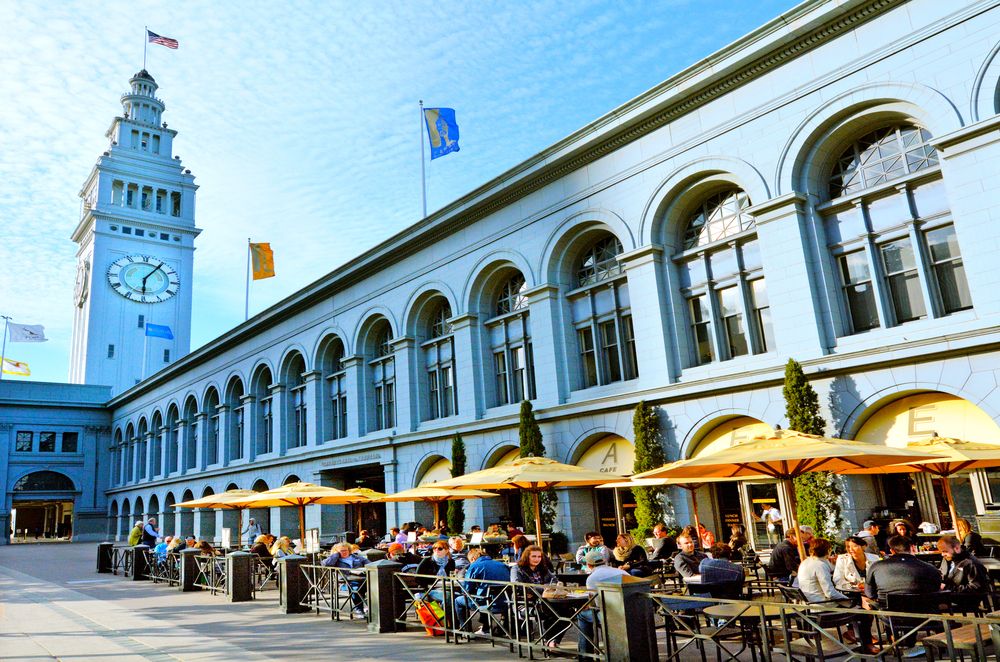
The Golden Gate Bridge stands as perhaps America’s most recognizable bridge, with its distinctive International Orange color dramatically set against the blue waters of San Francisco Bay. Completed in 1937 after four years of construction, this 1.7-mile suspension bridge was once the longest of its kind in the world.
The bridge’s 746-foot towers reach higher than a 65-story building, while its main cables contain enough wire to circle the earth three times. Morning fog often envelops the bridge’s towers, creating an ethereal effect that has made it a photographer’s dream for generations.
Prague
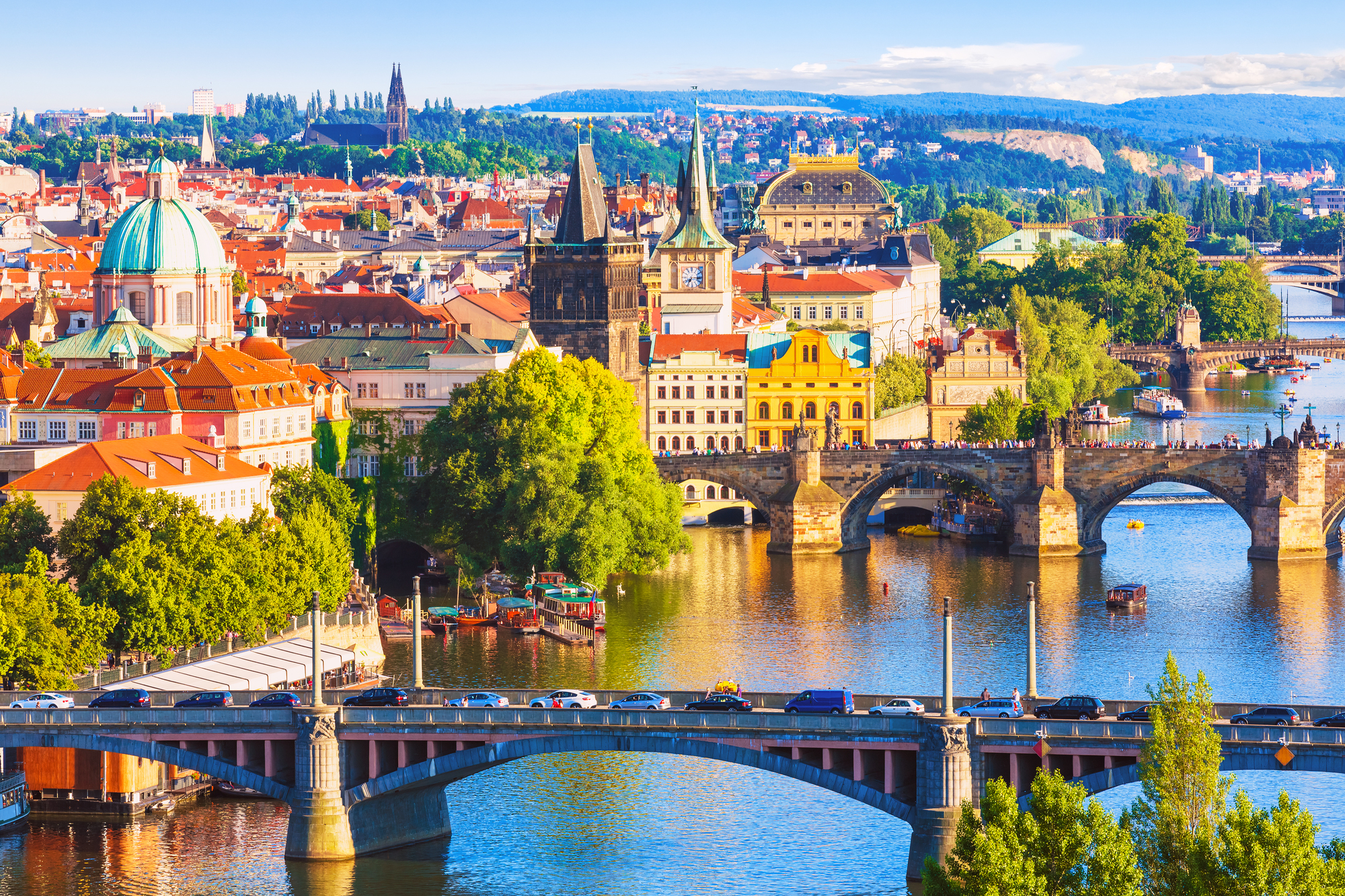
The Charles Bridge has connected Prague’s Old Town with Lesser Town since 1402, serving as the Czech capital’s most important connection across the Vltava River for centuries. The stone bridge stretches 1,693 feet and features 30 Baroque statues of saints positioned along its balustrades, creating an open-air gallery effect. Musicians, artists, and vendors line the pedestrian-only crossing, creating a lively atmosphere regardless of the season or time of day.
The bridge’s gothic towers at each end once served as part of the city’s fortification system and today provide visitors with panoramic views of the “City of a Hundred Spires.”
Like Travel Pug’s content? Follow us on MSN.
Porto

The Dom Luís I Bridge creates a dramatic double-decker connection across Portugal’s Douro River with its impressive metal arch spanning 564 feet. Designed by Théophile Seyrig, a student of Gustave Eiffel, the bridge was completed in 1886 and, at the time, was the longest iron arch in the world.
The upper deck carries the city’s metro line, while the lower level accommodates pedestrian and vehicle traffic. From the top level, visitors enjoy spectacular views of Porto’s historic Ribeira district, with its colorful buildings cascading down toward the river and the port wine cellars lining the opposite bank in Vila Nova de Gaia.
Venice

The Rialto Bridge arches gracefully over the Grand Canal as the oldest and most famous of Venice’s 400-plus bridges. Completed in 1591, the stone bridge replaced a series of wooden predecessors that had collapsed over the centuries.
Architect Antonio da Ponte designed the bold single-span crossing against significant opposition from critics who predicted failure. Two inclined ramps meet at a central portico, while three separate walkways divide the structure—a wider central passage flanked by two arcaded rows housing small shops that have served merchants and tourists for centuries. The bridge’s elegant reflection in the canal waters below has become an enduring symbol of Venetian romance.
London
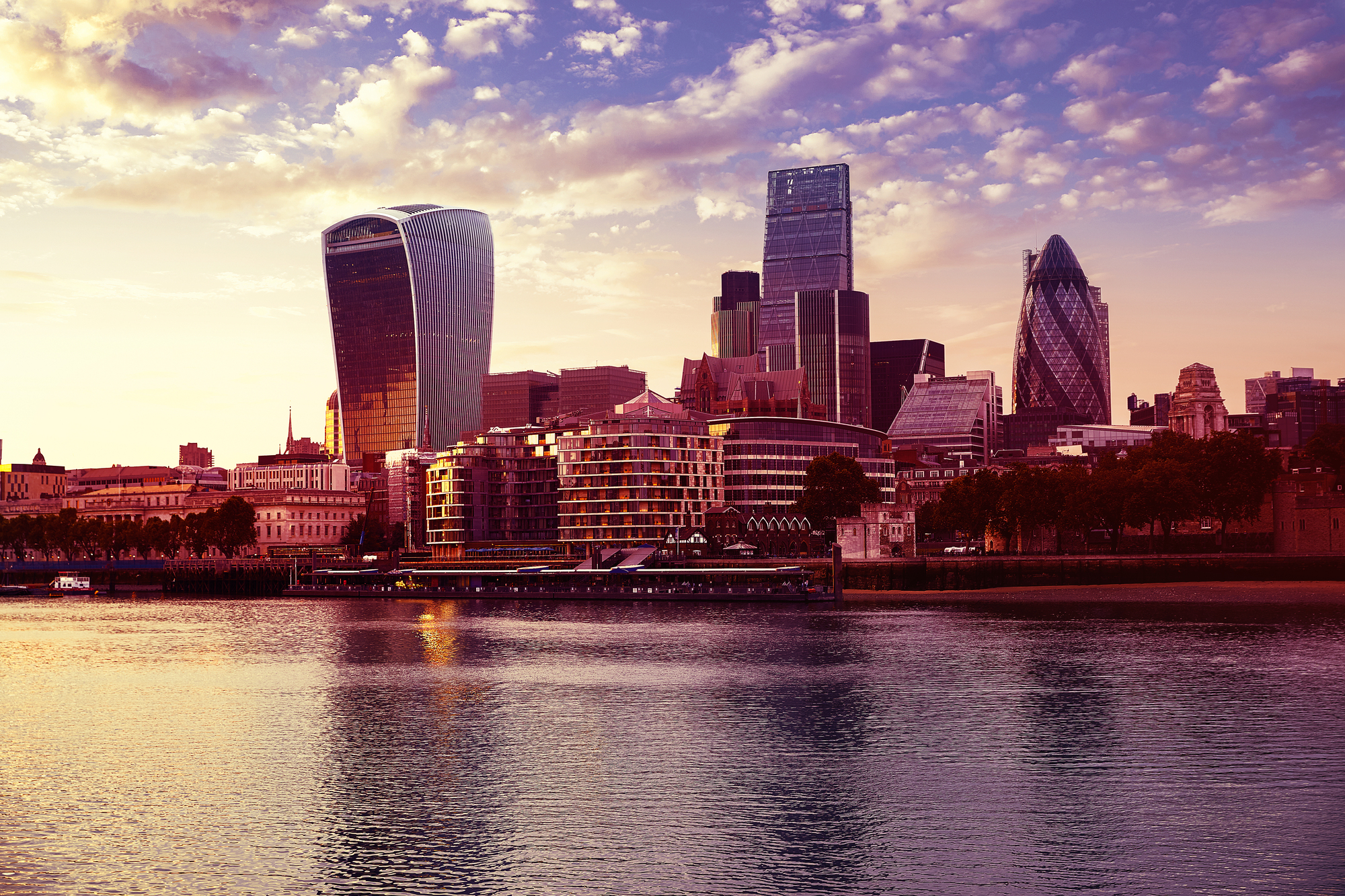
Tower Bridge combines Victorian Gothic style with innovative engineering, creating one of the world’s most recognizable river crossings since its 1894 completion. The bridge’s distinctive blue and white façade conceals a steel framework beneath the ornamental stonework, while its central 200-foot span can open in just five minutes to allow tall ships to pass.
The hydraulic system originally powered by steam now operates electrically, though the original Victorian engine rooms remain open as museum exhibits. Glass floor panels installed in the high-level walkways give visitors the thrilling experience of seeing the Thames flowing 140 feet below.
Like Travel Pug’s content? Follow us on MSN.
Budapest
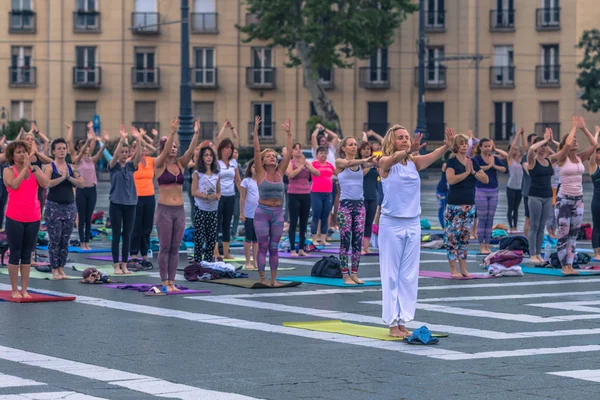
The Chain Bridge stands as the Hungarian capital’s first permanent crossing over the Danube, connecting the formerly separate cities of Buda and Pest since 1849. Count István Széchenyi commissioned English engineer William Tierney Clark to design the suspension bridge after being stranded for a week when ice floes on the river prevented boat crossings.
Stone lion sculptures guard each end of the 1,230-foot span, while decorative iron latticework adds visual interest to the supporting chains. Illuminated dramatically at night, the bridge creates a magical centerpiece to Budapest’s UNESCO-protected riverfront panorama.
Florence
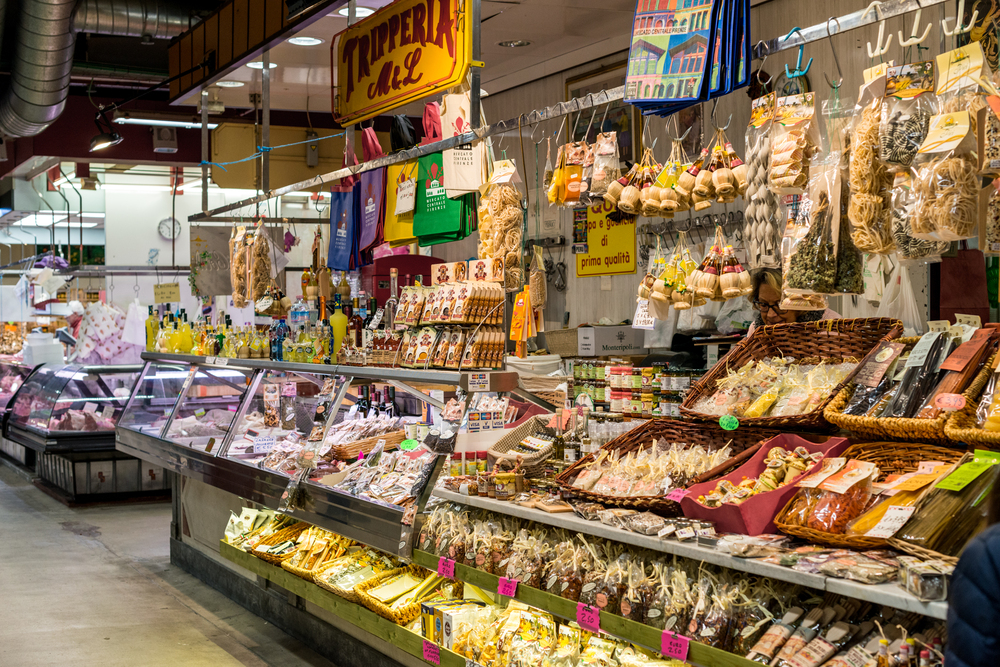
The Ponte Vecchio has spanned the Arno River since 1345, surviving centuries of floods and even Nazi orders for destruction during World War II. The segmental arch bridge distinguishes itself with overhanging shops built along both sides—initially occupied by butchers and tanners until 1593, when Ferdinand I decreed that only goldsmiths and jewelers could operate there due to the offensive odors produced by the previous tenants.
The bridge’s most unique feature is the Vasari Corridor running across its top—a private elevated walkway commissioned by the Medici family in 1565 to connect the Pitti Palace with the Uffizi without requiring them to mix with commoners.
Istanbul
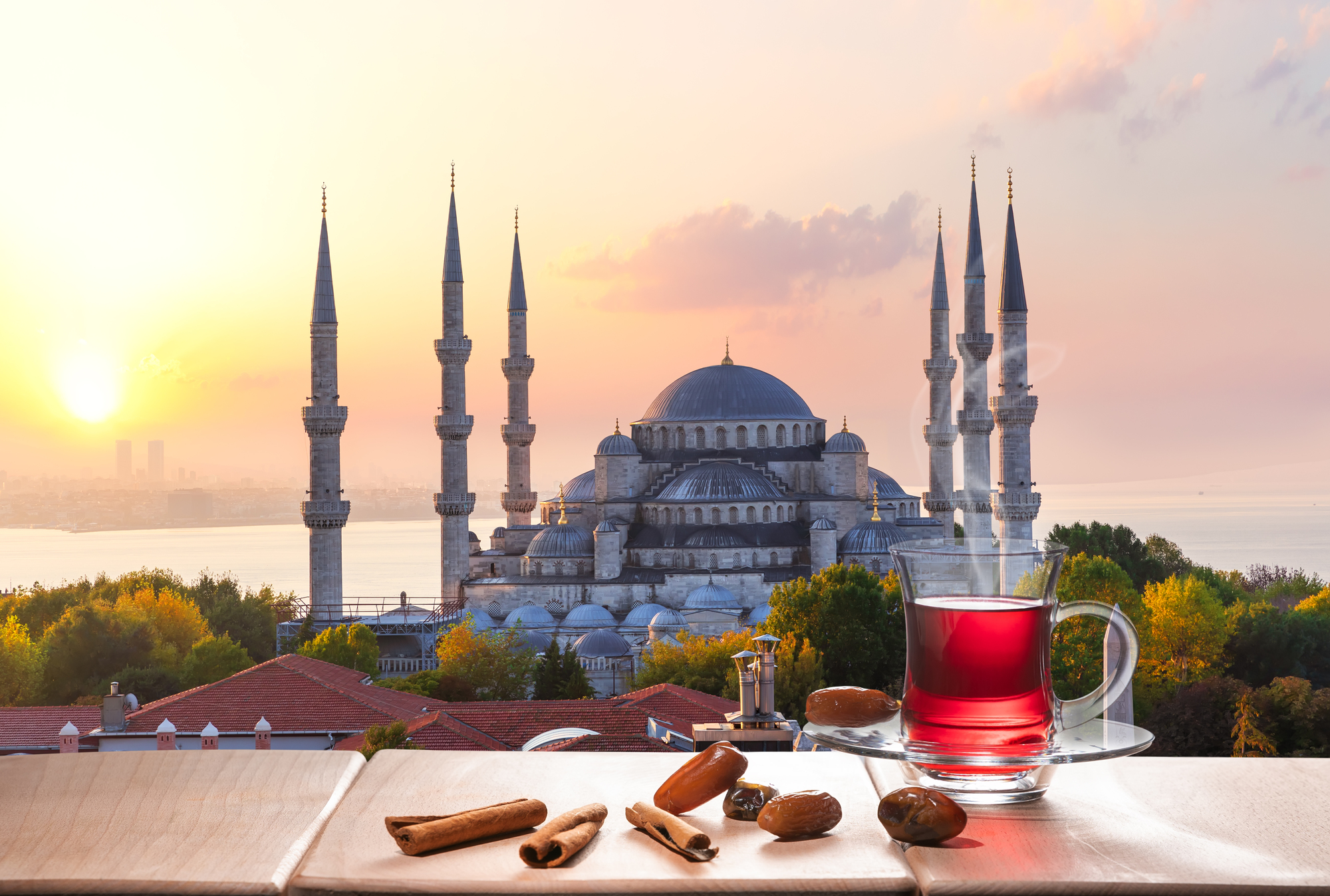
The Bosphorus Bridge creates a dramatic continental connection, linking Europe and Asia across the strategic strait that divides the city. Completed in 1973 as Turkey’s first bridge across the Bosphorus, the 4,954-foot suspension span rises 210 feet above the water, allowing massive cargo ships and tankers to pass beneath.
Computer-controlled LED systems illuminate the bridge in vibrant changing colors visible for miles across the city, particularly spectacular during national holidays. The eighth-longest suspension bridge in the world when constructed, it carries approximately 180,000 vehicles daily across its eight lanes.
Like Travel Pug’s content? Follow us on MSN.
New York City
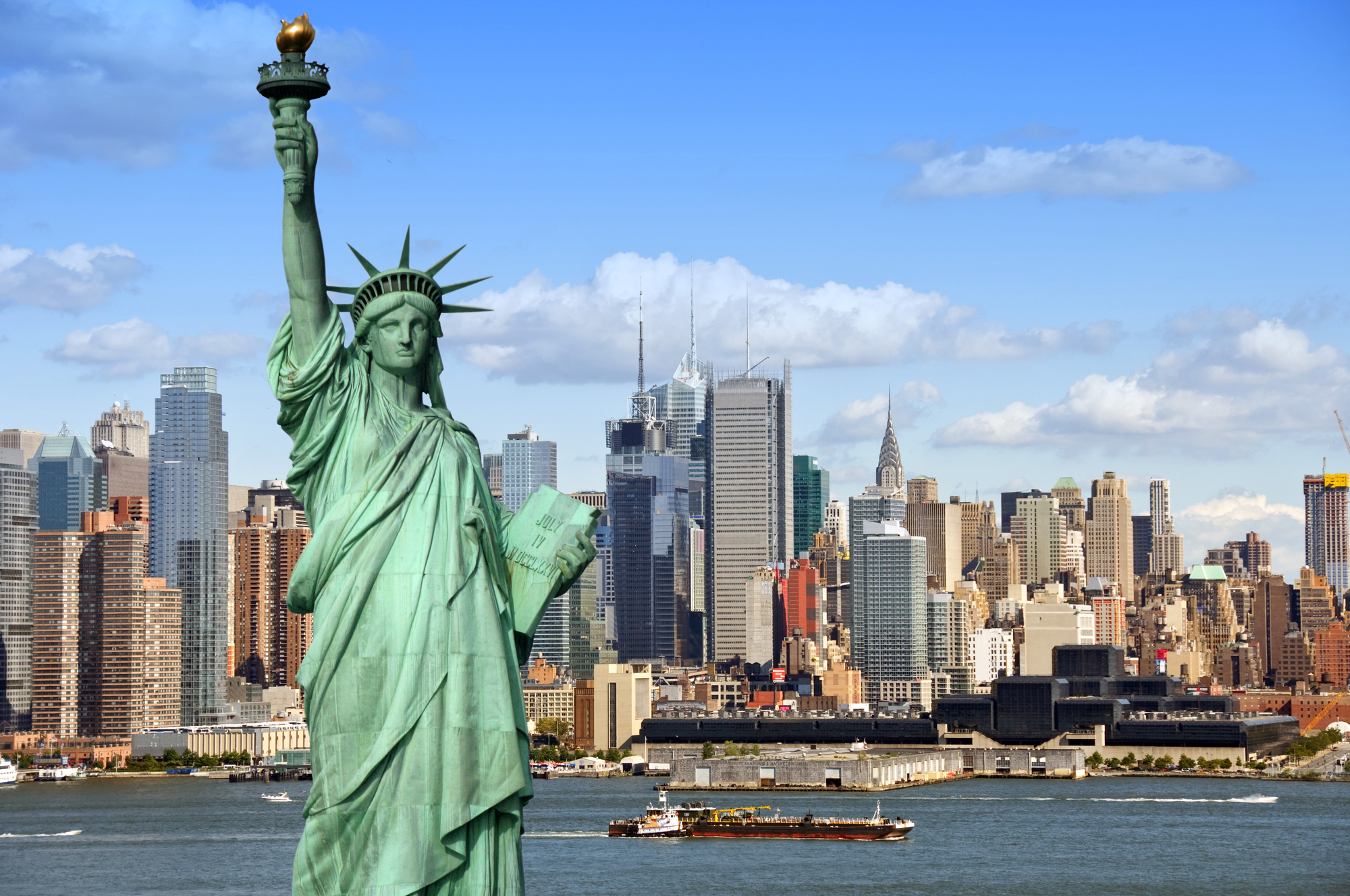
The Brooklyn Bridge stands as an American engineering triumph, its Gothic-inspired towers and distinctive cable pattern instantly recognizable in the Manhattan skyline. Completed in 1883 after 14 years of construction that claimed 27 lives—including designer John Roebling—the structure was the world’s longest suspension bridge at the time.
The elevated promenade above vehicle traffic has served pedestrians and cyclists for generations, offering spectacular views of Lower Manhattan and the harbor. The bridge’s opening created the first physical link between Manhattan and Brooklyn, dramatically transforming both areas and helping spur Brooklyn’s incorporation into greater New York City.
Sydney

The Sydney Harbour Bridge creates an iconic steel arch across one of the world’s most beautiful natural harbors, complementing the nearby Opera House in forming Australia’s most recognized cityscape. Nicknamed “The Coathanger” for its distinctive shape, the bridge was completed in 1932 after eight years of construction involving 1,400 workers and six million hand-driven rivets.
The structure’s 1,650-foot span rises 440 feet above the harbor, while its steel framework weighs an astonishing 52,800 tons. Adventure seekers can experience the BridgeClimb, a guided ascent to the summit that provides unparalleled panoramic views of the harbor city below.
Amsterdam
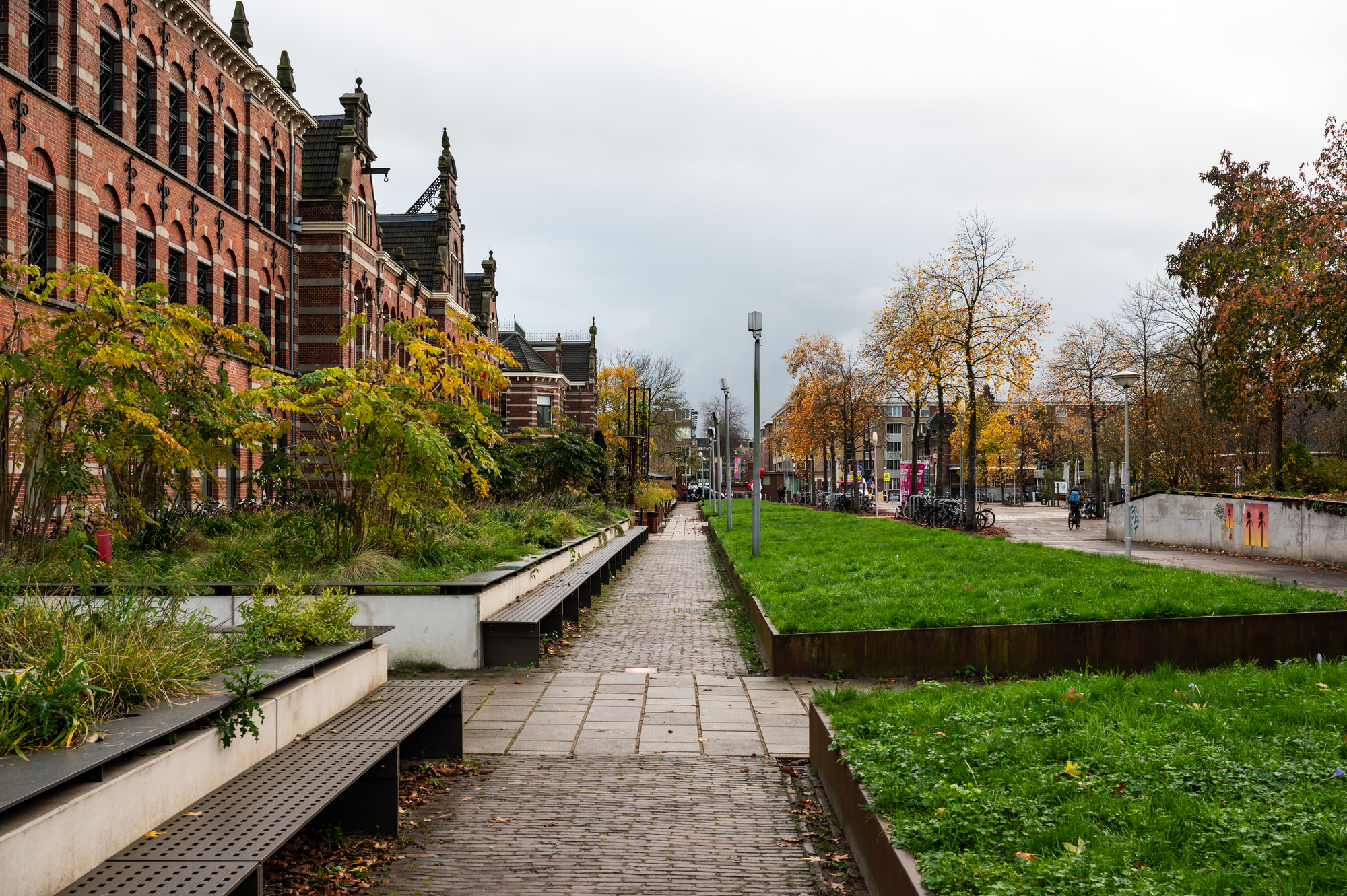
The Magere Brug, or “Skinny Bridge,” represents just one of Amsterdam’s 1,600 bridges, though it has become the city’s most famous crossing since its construction in 1934. The white-painted wooden drawbridge spans the Amstel River with a classic Dutch design featuring 1,200 lights that illuminate it nightly.
According to local legend, the bridge was built by two wealthy sisters living on opposite sides of the river who wanted an easier way to visit each other. The central section opens regularly to allow boat traffic to pass through the canal system, creating frequent photo opportunities for tourists watching from either bank. The pedestrian-only crossing appears in numerous films set in Amsterdam, cementing its iconic status.
Like Travel Pug’s content? Follow us on MSN.
Paris
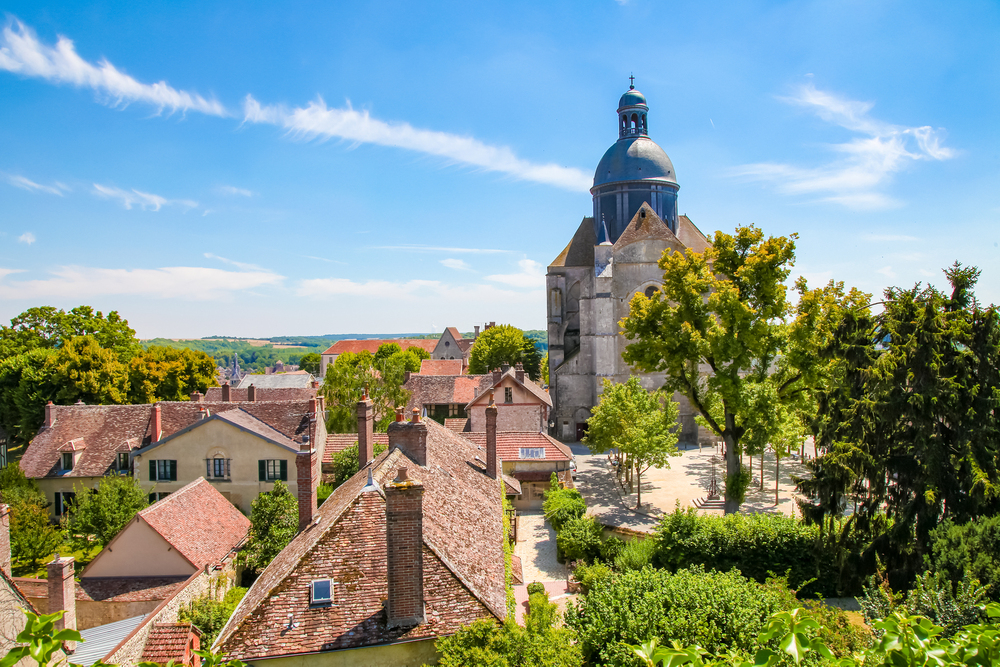
The Pont Alexandre III combines extravagant Beaux-Arts style with technical innovation, creating what many consider the most ornate and elegant bridge in a city filled with beautiful crossings. Built between 1896 and 1900 for the Universal Exposition, the single steel arch spans 353 feet across the Seine without obstructing views along the river, thanks to its remarkably flat profile.
Four 56-foot granite columns topped with gilded bronze statues mark the bridge entrances, while Art Nouveau lamps, nymphs, cherubs, and winged horses adorn the structure throughout. The bridge creates a spectacular link between the Invalides on the Left Bank and the Grand and Petit Palais on the Right Bank.
Singapore
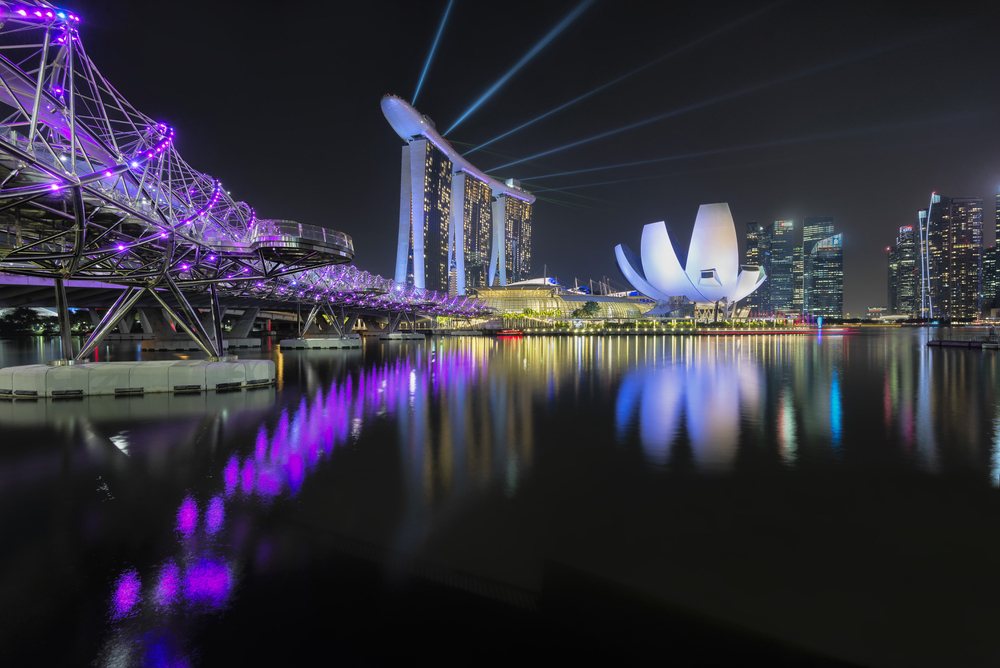
The Helix Bridge twists dramatically across Marina Bay as a prime example of biomimetic architecture inspired by the DNA double helix structure. Completed in 2010, the 919-foot pedestrian bridge incorporates 2,250 tons of steel and 650 tons of stainless steel tubes arranged in interlocking pairs.
The complex structure required advanced computer modeling to perfect its unique curvature and load distribution. At night, an elaborate LED lighting system illuminates the walkway while highlighting the double-helix structure in contrasting colors. Four viewing platforms extend from the main walkway, providing opportunities to appreciate Singapore’s striking skyline from different perspectives.
Lisbon
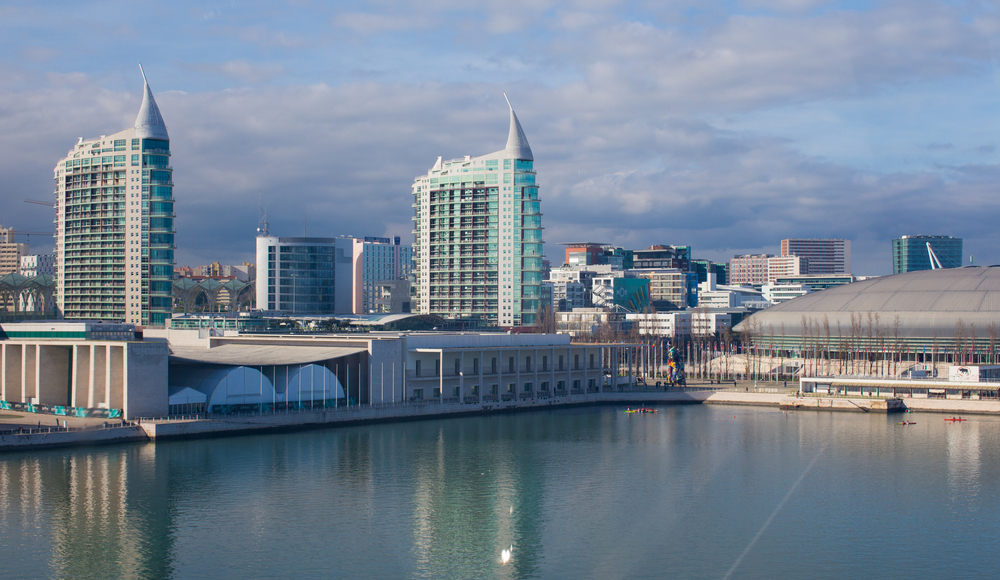
The Vasco da Gama Bridge stretches nearly 11 miles across the Tagus River and its floodplain, making it one of Europe’s longest bridges. Completed in 1998 to coincide with the World Exposition and the 500th anniversary of Portuguese explorer Vasco da Gama’s discovery of the sea route to India, the bridge required 3,300 workers and 18 2,600-ton foundation pillars.
The structure’s elegant simplicity belies its engineering complexity—it can withstand winds of 155 mph and earthquakes four times stronger than the devastating 1755 quake that destroyed much of Lisbon. The bridge has dramatically reduced travel times between Lisbon and the southern Alentejo region while providing spectacular views across the river estuary.
Like Travel Pug’s content? Follow us on MSN.
Pittsburgh

The Three Sisters stand as the world’s only trio of nearly identical self-anchored suspension bridges, their distinctive yellow paint creating a striking visual connection between downtown Pittsburgh and the North Shore. Built between 1924 and 1928, the Roberto Clemente, Andy Warhol, and Rachel Carson bridges span the Allegheny River with 1,061-foot lengths.
The eyebar chain suspension design eliminated the need for massive anchorages normally required by suspension bridges, as the compression of its own structure supports each bridge’s weight. The bridges create a symbolic gateway to a city historically defined by its three rivers and hundreds of bridges connecting numerous hillside neighborhoods.
Copenhagen
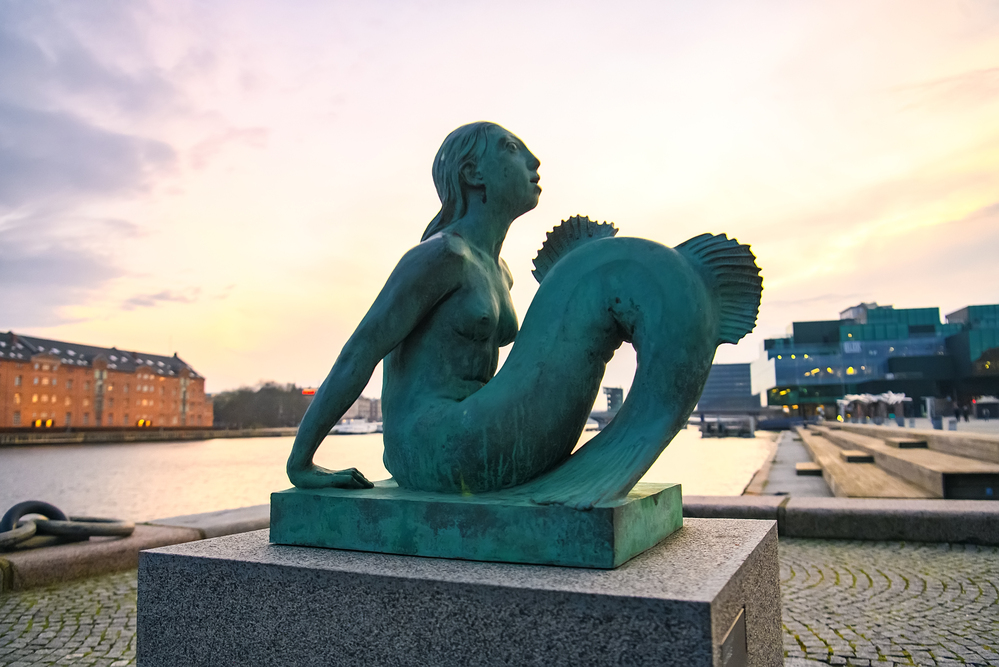
The Circle Bridge creates an unconventional harbor crossing with five circular platforms connected by zigzagging wooden walkways. Completed in 2015 and designed by acclaimed artist Olafur Eliasson, the bridge’s circles vary in diameter and feature tall masts with wire rigging reminiscent of traditional sailing ships—a nod to Copenhagen’s maritime history.
The design intentionally encourages pedestrians to slow down rather than move quickly across, creating natural gathering spaces above the water. The bridge transforms at night when illuminated from below, creating shimmering reflections across the harbor surface. This artistic approach to infrastructure represents Copenhagen’s commitment to innovative urban design that prioritizes pedestrian experience.
Connecting Pathways, Connecting People

These remarkable bridges demonstrate how utilitarian structures can transcend their basic function to become beloved landmarks and cultural touchstones. Beyond connecting physical places, the most successful bridges create emotional connections between people and their cities.
Whether showcasing cutting-edge engineering or preserving centuries-old craftsmanship, these spans represent the human drive to overcome obstacles through creativity and determination. As cities continue evolving, their iconic bridges remain constant reminders of how infrastructure shapes not just how we move through urban spaces but how we experience and remember them.
Like Travel Pug’s content? Follow us on MSN.
More from Travel Pug

- Cities Growing so Fast You Won’t Recognize Them in 10 Years
- 13 Destinations Where Tourists Regularly Regret Their Trip
- 16 U.S. Cities That Are Quietly Becoming Travel Hotspots
- Where to Travel If You Love Long Bus Rides and Daydreams
- 20 Cities Perfect for Solo Travelers Who Crave Adventure & Culture
Like Travel Pug’s content? Follow us on MSN.
